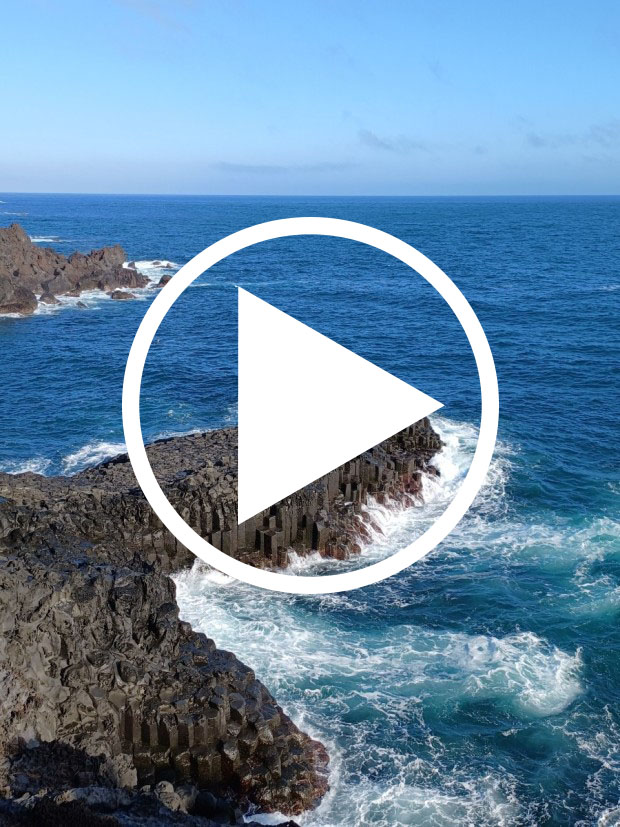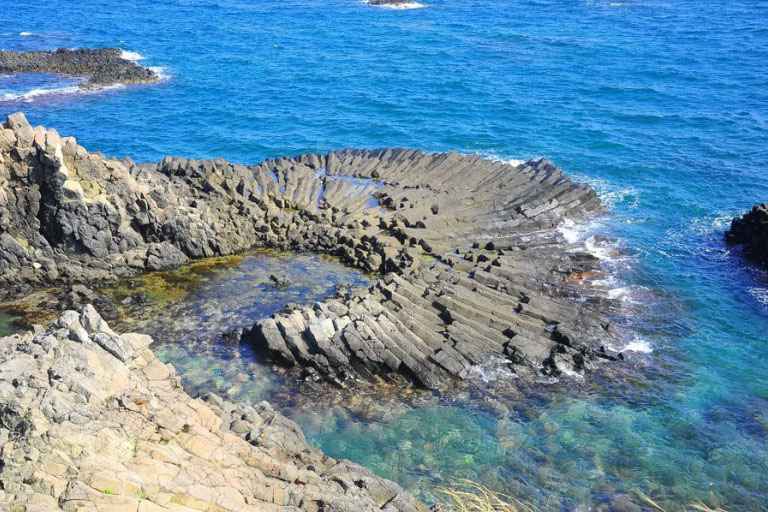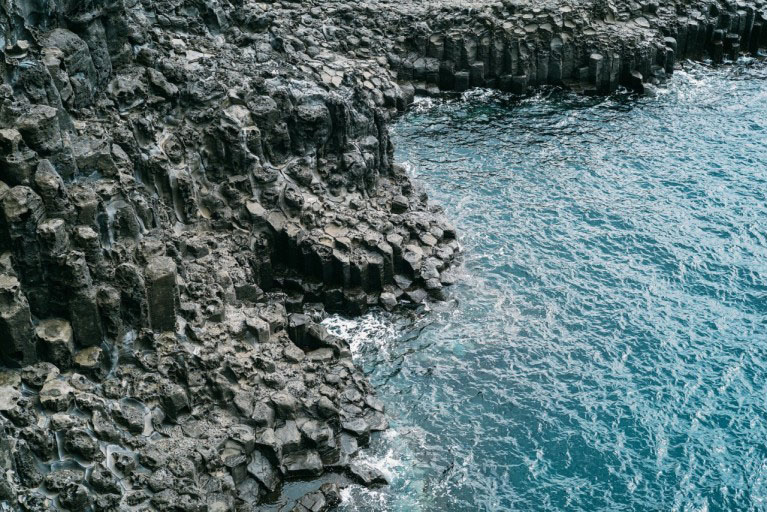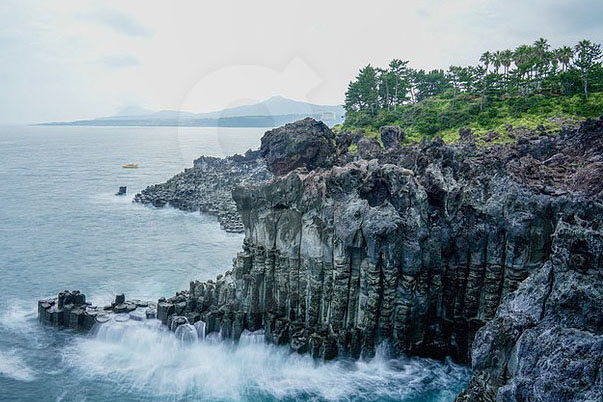home » Daepo Jusangjeolli Cliff

Daepo Haean Jusangjeolli Cliff refers to vertical joints that appear in basaltic lava, most of which are polygonal (usually five or hexagonal). It is the result of magma ejected from the crater, flowing into the coast of Seogwipo, and cooling rapidly when it meets seawater, and shrinks. The columnar joints here are as high as 30 to 40 meters and as wide as 1,000 meters. Its scale is the largest in Korea, and it is also an extremely rare spectacle in the world!
Welcome



iuhan.net

On the columnar joint belt in Seogwipo City, Jeju-do, stone pillars can be seen piled up on the coast. It is a natural protection object of Jeju Island. Daepo Haean Jusangjeolli Cliff is formed when the lava ejected from Hallasan mountain cooled when it flowed into the Qianhai Sea in the Jungmun area. It is composed of large and small square or hexagonal stone pillars (30 meters). In the past, this area was called “Jisatgae” in terms of administrative division, so this name is still retained, and these stone pillars are called “Jisatgae Rock”.
It is also famous for its turbulent waves hitting cliffs nearly 20 meters high and seaside fishing. From a small seaside village called Dapodong, walk more than 600 meters southwest of the field path, and there is a cliff among the pine trees. There is Jisatgae coast on the cliff, and there are stone pillars on the coast. Daepo Haean Jusangjeolli Cliff is four to hexagonal in shape, as if carved by a stonemason. The waves here can be as high as 10 meters when they are rough, which is really spectacular when the waves hit the shore.

